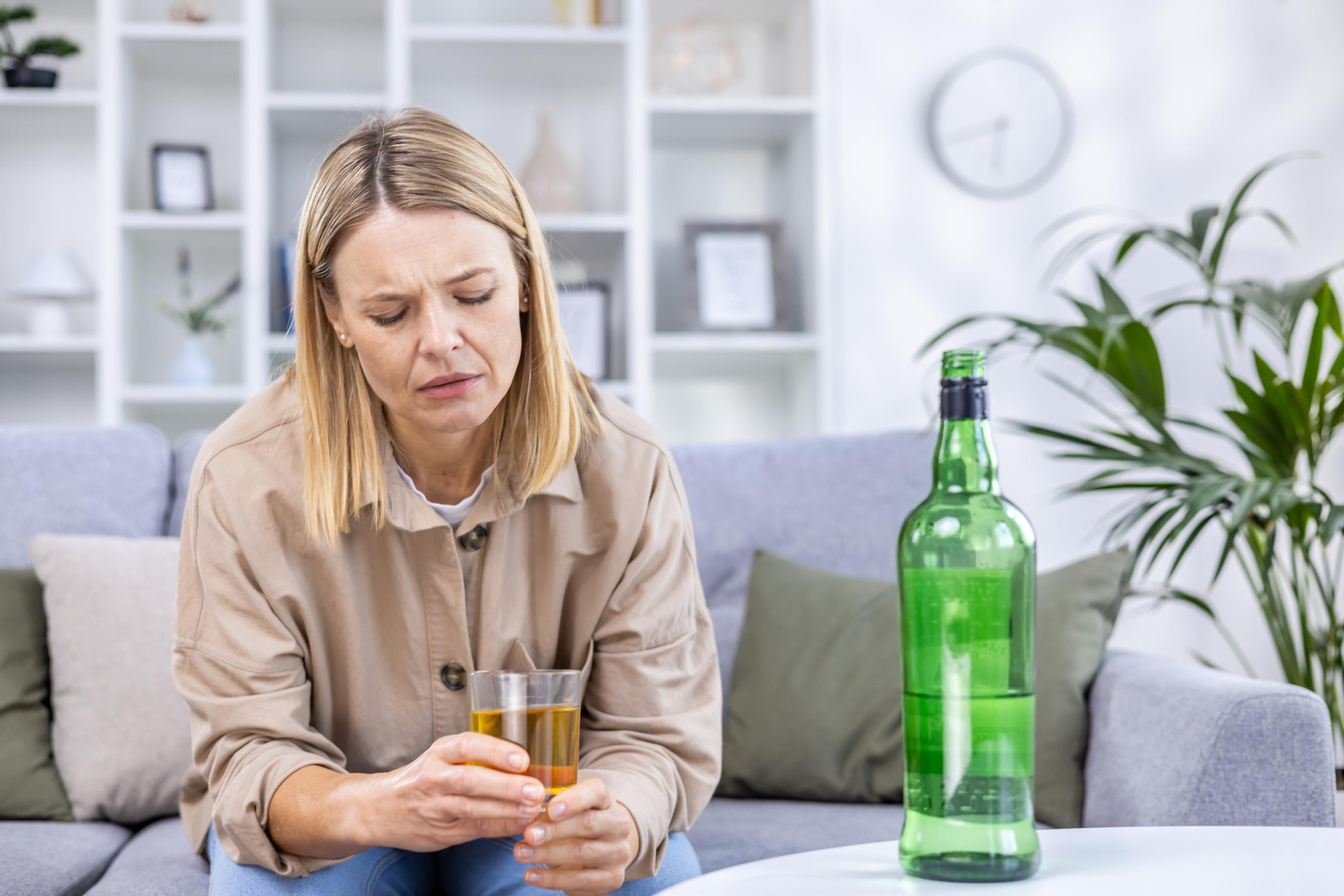Anti-Anxiety Back to School Kit

Jordyn Hardy
| 3 min read

For the last two years, words and phrases like virtual learning, school safety and Zoom calls have all become part of our regular vocabulary. For school-aged children, these changes have, in many cases, been significant and the impact is quite significant. As the fall approaches and students are readying to return to in-person learning – it could bring new worries and anxiety.
For many kids, social anxiety is a large stressor when going back to school. According to the Centers for Disease Control and Prevention (CDC), it is estimated that more than 9.4% of children and teens have been diagnosed with anxiety. Similarly, the National Institute of Mental Health (NIMH) reported that approximately 9% of adolescents struggle with social anxiety disorder.
One of the ways to combat these uneasy feelings while preparing for school is by creating a calming anti-anxiety kit. This kit can be modified for students of all ages, and maybe even parents in the workplace!
Here are some items for each kit based on age group:
Elementary school students
Homemade stress ball: A homemade project can be just the activity to rid of upcoming school anxiety! This stress ball can be made easily and quickly by filling up a balloon with flour, sand, or rice. This DIY project will also ignite some school excitement for everyone involved!
Prompt cards: Who doesn’t love homemade notes from your loved one! Prompt cards are a must-have inclusion in an anti-anxiety kit. Little reminders like “imagine your safe place,” “drink water,” and “relax your shoulders” are all great suggestions for hurried little ones.
Middle school students
Fidget toys: Poppers, spinners, fidget cubes, slime, oh my! Fidget toys have taken this age group by storm in recent years as mental health in children has become a more common topic for discussion. Many of these toys are readily available and can be found almost anywhere for a relatively low price. Fidgets are guaranteed to make the anticipation of school a little less daunting.
Essential oil bracelets: Who doesn’t love new jewelry? Essential oil bracelets are an easy, wearable staple in this kit. These bracelets are often made of porous beads that absorb the oil of your choice for the purpose of using the benefits of aromatherapy. Some common oils that are great for easing anxiety are: lavender, valerian, ylang ylang, and jasmine.
High school students
Chewing gum: While stereotypically a sign of trouble, chewing gum has redeemed itself as an anti-anxiety item. Chewing gum has been linked to increased memory, heightened alertness and reduced anxiety. Gum is a perfect alternative for anxious students who are repeatedly nail biters.
Fidget jewelry: This idea is great for the student who is on-the-go or wants a more elegant alternative to traditional anxiety-relieving items. Fidget jewelry can come in many forms like spinning and beaded rings, necklaces and bracelets. Fidget jewelry is an excellent way to relieve stress as well as add a little bling to your hardworking student’s outfit.
While each student handles stress differently, it is important to have items for them to be their best selves. An anti-anxiety kit can be just the thing to jump-start that process.
More from A Healthier Michigan:
Photo credit: Getty Images





